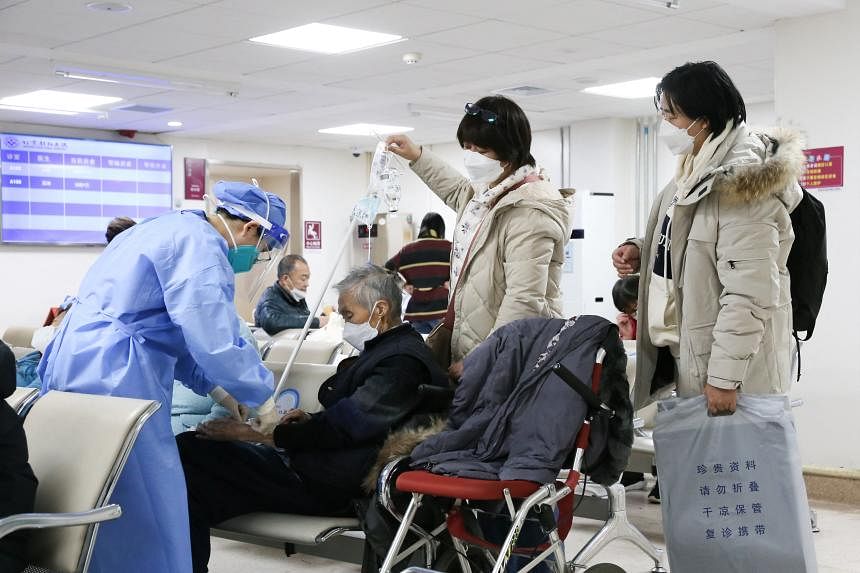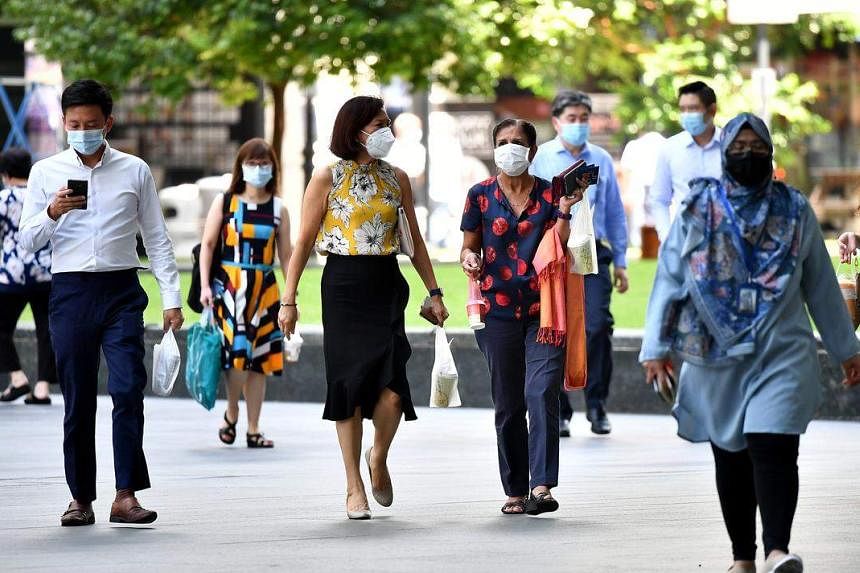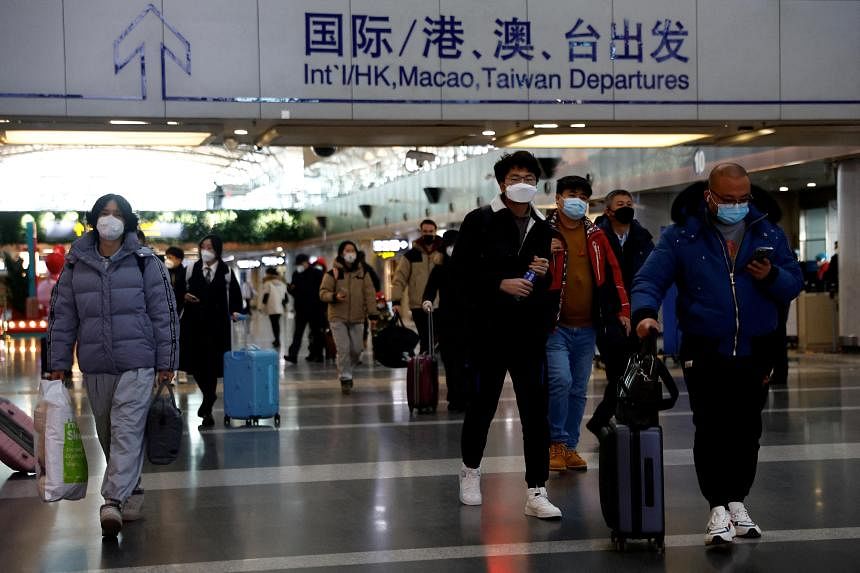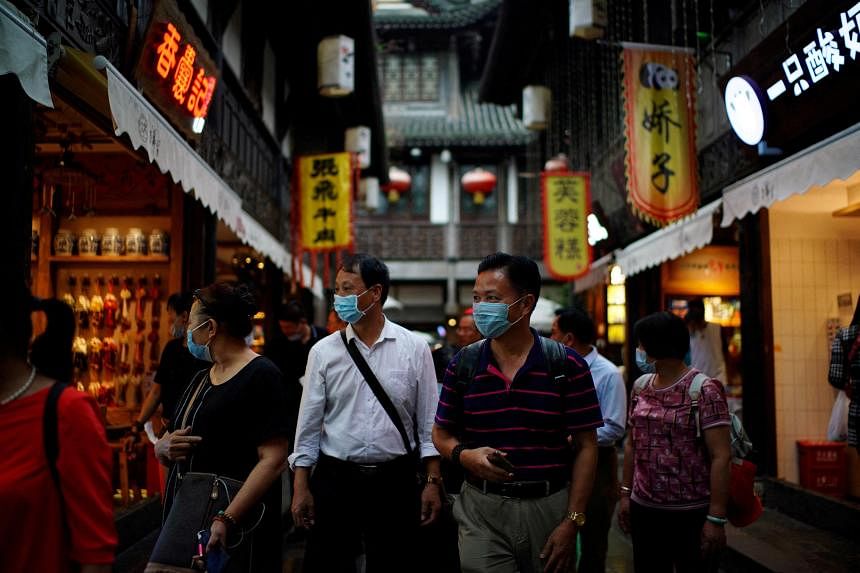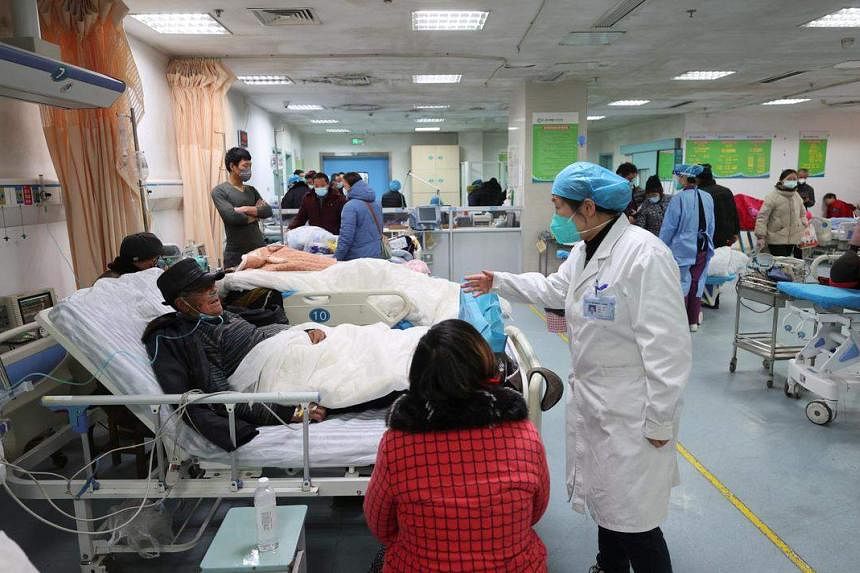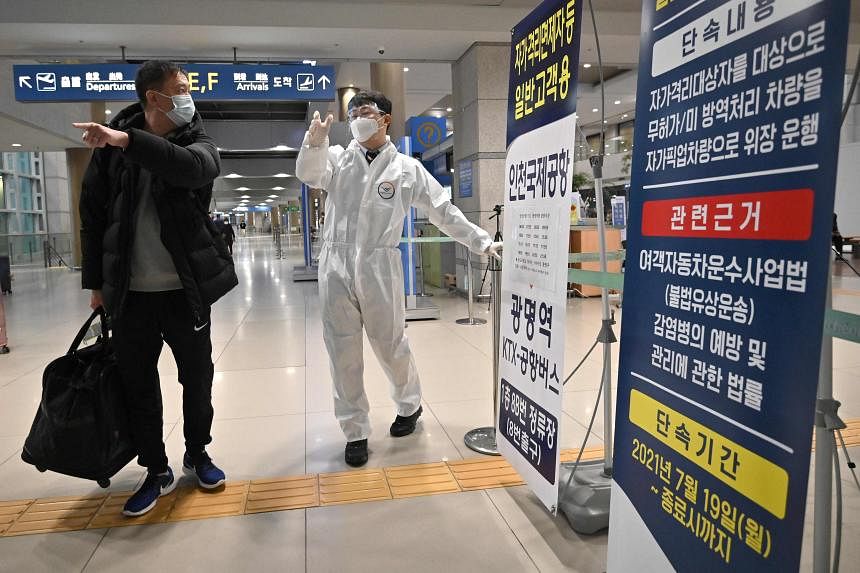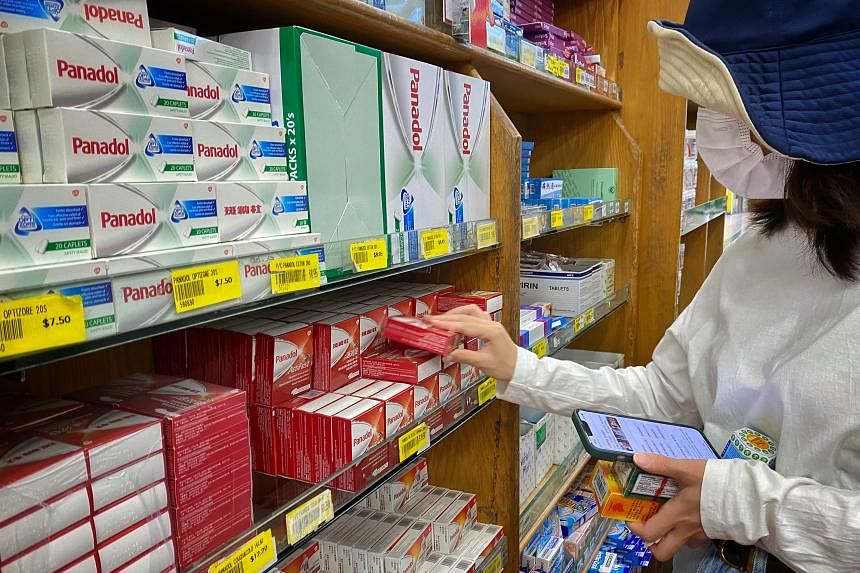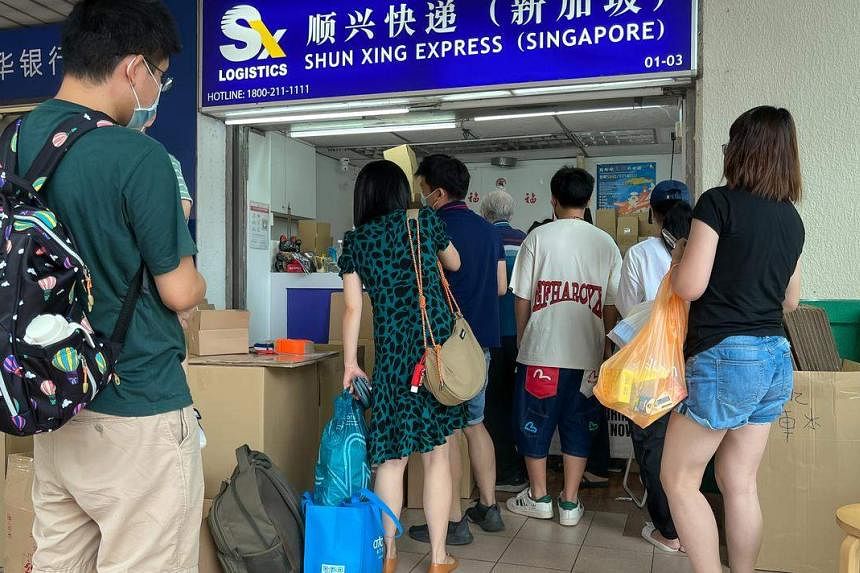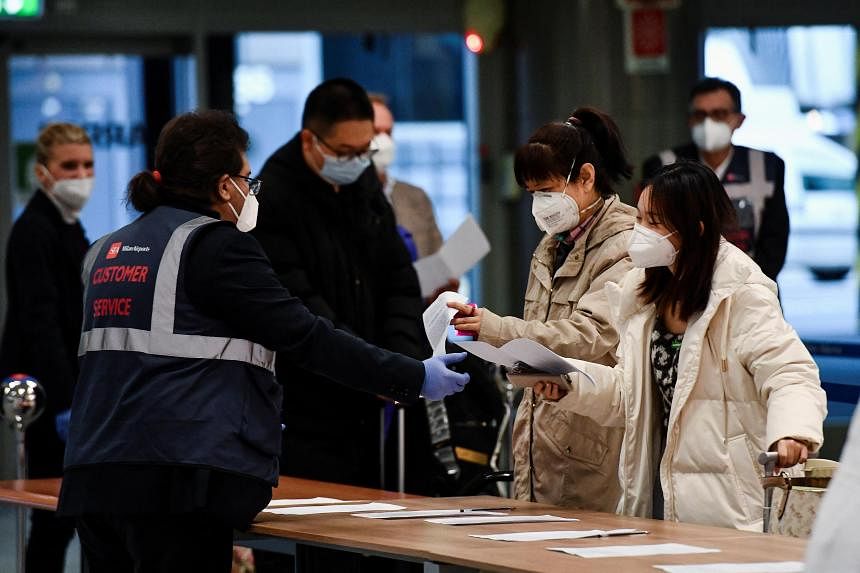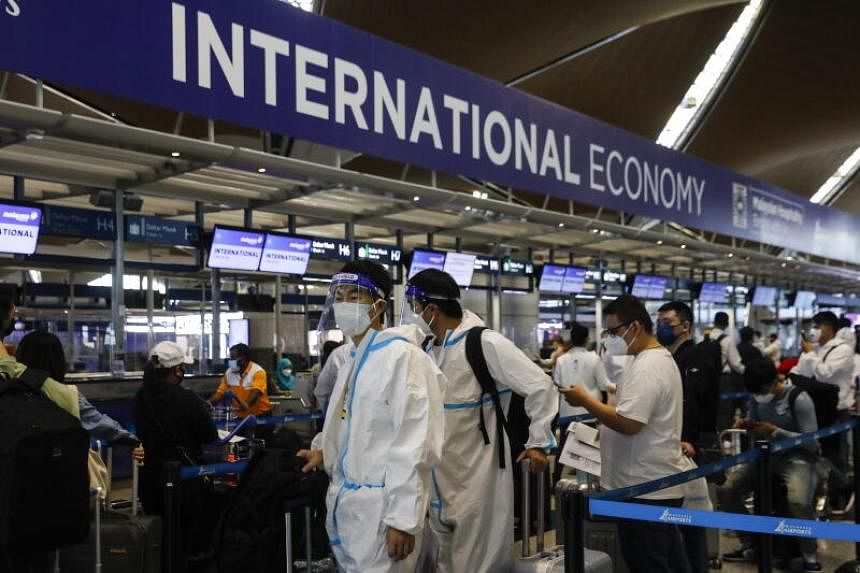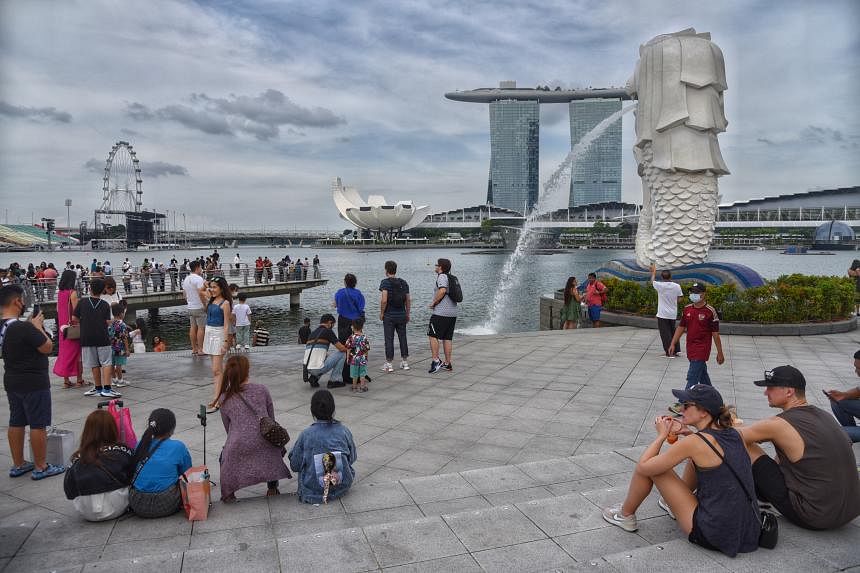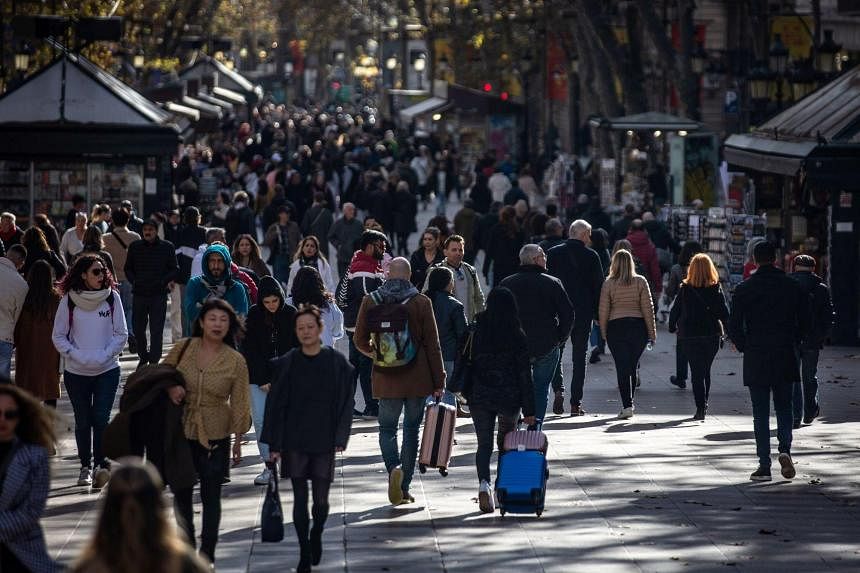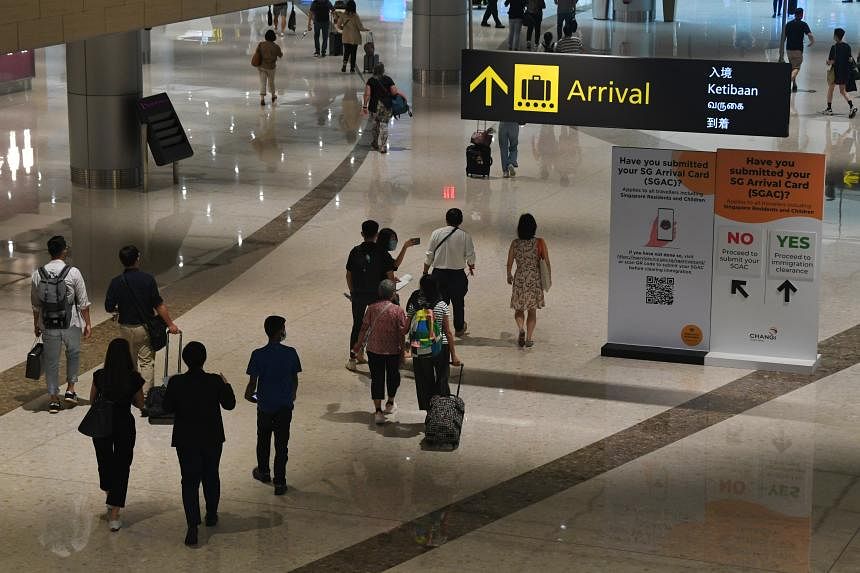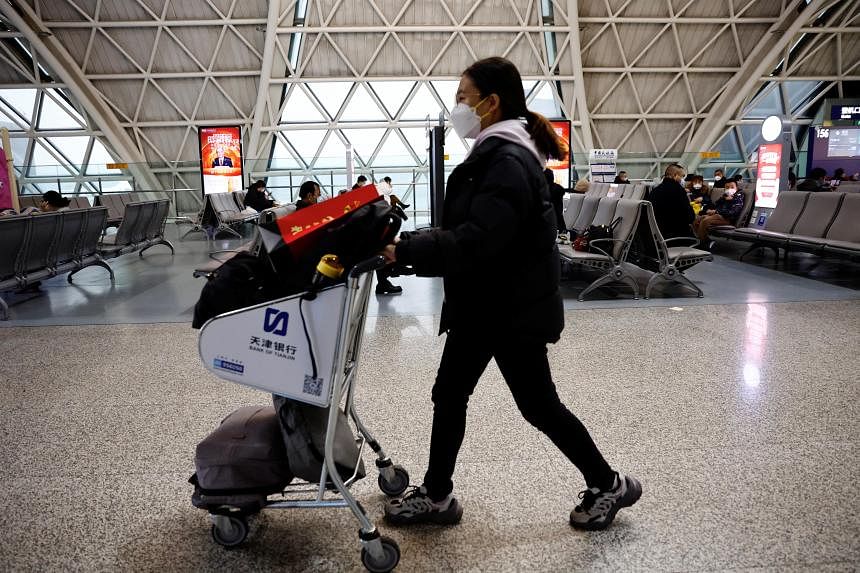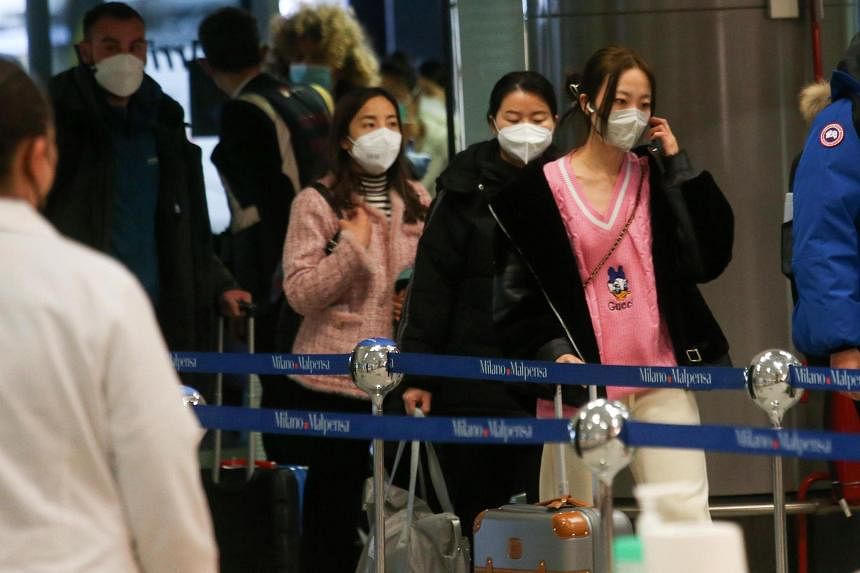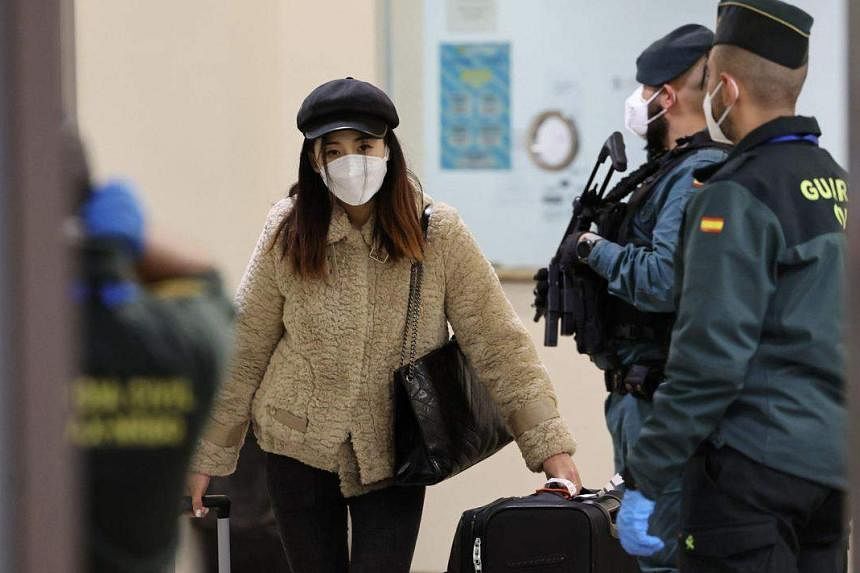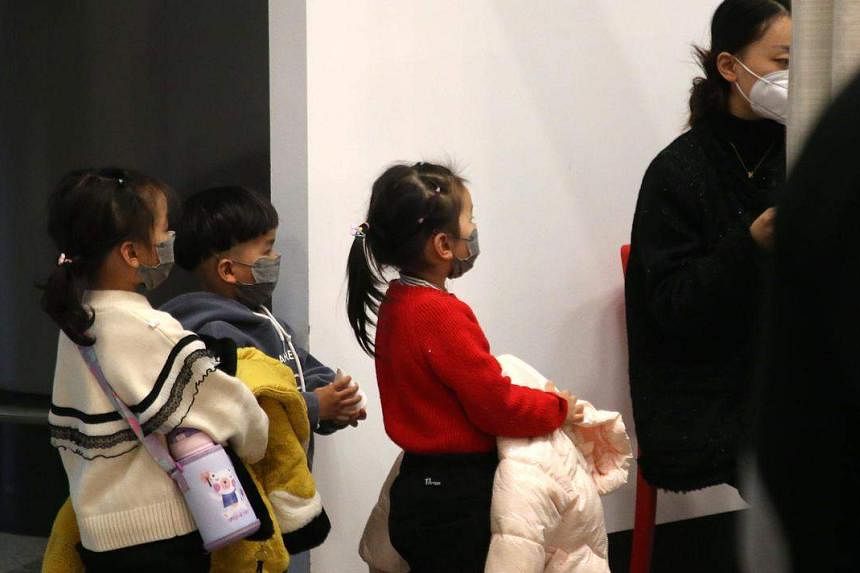No new variant has emerged from China’s Covid-19 outbreak, but it may be a matter of time: Experts
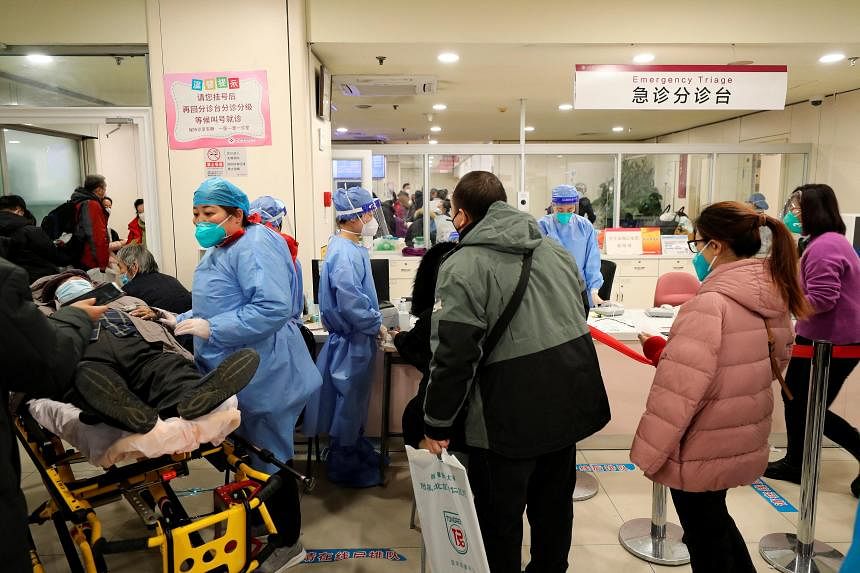
Patients at a hospital in Beijing on Dec 27. Experts here say there is a high chance of new sub-variants emerging in China. PHOTO: REUTERS

Salma Khalik
Senior Health Correspondent
Dec 29, 2022
SINGAPORE - The latest data out of China shows no new Covid-19 variant has emerged in spite of the large number of infections spreading throughout the country.
A Dec 28 statement from Gisaid, a global data science initiative, confirmed no new variants have yet emerged from the current outbreak in China.
It has been tracking and sharing changes in the coronavirus causing the Covid-19 pandemic, and has sequenced 14.4 million genomes from 215 countries.
“The 167 genomes submitted to Gisaid in the last four days provide a snapshot of the evolution of the Omicron variants and show that these most recently shared sequences from China are closely related to variants that have been circulating for some time,” said Gisaid.
Gisaid’s chief executive, Mr Peter Bogner, told The Straits Times: “It is encouraging to see the submitted genome sequence data coming from a range of provinces and time periods, adding to a representative snapshot of the variants currently circulating in China.”
The analysis was done in Singapore at A*Star’s Bioinformatics Institute (BII).
Associate Professor Hsu Liyang, an infectious diseases expert at the NUS Saw Swee Hock School of Public Health, said 167 genomes from China “is too few, but more genomes might not yield different insights other than giving a clearer picture of which variants are circulating in which parts of China”.
But senior infectious diseases consultant Professor Paul Tambyah from the National University Hospital (NUH) felt they were somewhat reassuring.
He said: “It tells us that the current reported surge of cases in China is mainly due to strains which have been circulating in the rest of the world for the last few months without a major impact on the healthcare systems of any of the countries where they have been circulating.”
Experts here say there is a high chance of new sub-variants emerging in China given the large number of people getting infected. They also noted that it is not likely to matter.
Dr Sebastian Maurer-Stroh, executive director of the BII, said: “Over the past three years, hundreds of short-lived variants have emerged with very little impact from the majority.”
He said the recent genomes from China are mostly the BA.5.2 and the BF.7, which fit the Asian pattern generally. “With global travel resuming, a more broadly synced lineage pattern would be expected,” he added.
Said Prof Hsu: “We would expect new variants globally as a matter of course. China with millions of people getting infected daily will add to the likelihood of such new variants and sub-variants arising, but should not be singled out as the sole or even the greatest risk of such an event.”
Prof Tambyah said: “There has not been a bona fide new variant since the Omicron variant emerged from South Africa (which has a considerably smaller population than China).
“The sub-variants of the Omicron variant have emerged from South Asia and other parts of the world, but none have been associated with surges of deaths even though there have been more infections.”
Some countries, such as the United States, India, Japan and Italy, have introduced health measures such as requiring Covid-19 tests, for visitors from China, fearing they could bring a new wave of infections to their shores.
Singapore has not done so, and that is the wisest course, said the experts.
Said Prof Hsu: “Singapore’s approach is rational. Taking a stricter stance against incoming travellers has done little more than briefly delay any potential new wave of Covid-19.”
Associate Professor Alex Cook, vice-dean of research at the NUS Saw Swee Hock School of Public Health, agreed: “Even if we have hundreds of infections from travellers from China a day, that is still very small compared to the number of local cases in previous waves.
“Once community transmission has already become widespread, the benefits of maintaining an isolationist policy are much reduced. Similarly, the countries rushing to erect barriers to Chinese travellers despite having had massive waves themselves of similar variants are most likely being unduly cautious.”
Professor Dale Fisher, a senior infectious diseases consultant at NUH, added: “Restricting visitors will appeal to some countries and some people, but while it may lessen a likely surge in mild cases here, I would not expect any surge to translate to many severe cases or a threatened healthcare system.”
He said there must be benefits from intervention. Implementing measures against travellers from China is both inconvenient and expensive, and will deter travel that in turn would prolong the impact on certain businesses.
“It’s very likely countries with large numbers of tourists from China will see a surge in cases to some degree,” Prof Fisher said, but for Singapore, “the high vaccination and booster rate together with the commonness of past infection makes local residents very resilient to severe disease”.
Prof Hsu added that vaccines remain effective at preventing severe diseases and deaths “with incremental efficacy, especially among the elderly, if at least one booster dose has been received”.
Today, 82 per cent of Singapore’s population has minimum vaccine protection, which means they have had at least three doses of an mRNA or Novavax vaccine or four doses of Sinovac vaccine.
Prof Cook said vaccination and prior infection can substantially reduce the severity of infections. “That is why the case fatality rate is about two in 10,000 infections over the past 28 days, which is exceptionally low even though we’re likely formally diagnosing a smaller fraction of infections than ever.”
But Prof Fisher felt it is important for “extra efforts in genomic surveillance in China and in all countries with capacity. We should only accept vaccinated travellers with necessary boosters.”
Mr Bogner, who feels the same way, said: “The need for consistency in genomic surveillance is key to avoid us flying blind.
“This need is certainly not limited to China but essential for many other countries where we would like to see a more consistent and representative genomic surveillance take place, not only for respiratory viruses but also climate-amplified diseases.”

